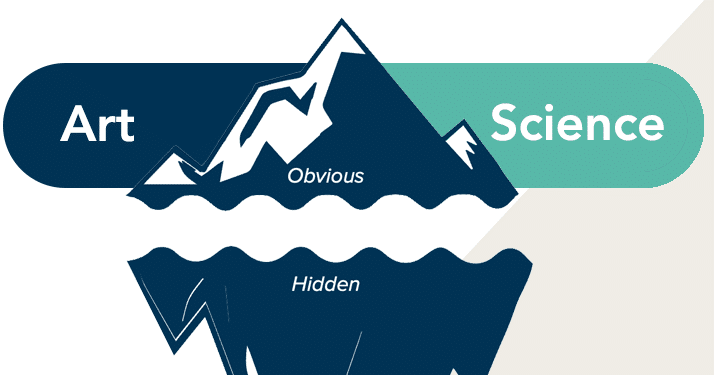
We often find ourselves drawn to the tangible and measurable aspects of running organizations, including results, profits, or customer satisfaction. However, Tom Peters, a renowned figure in the realm of management thinking, has long emphasized the importance of the “soft” stuff – the people, cultures, and the hidden elements that shape organizations. In this article, we reveal how understanding and harnessing the hidden aspects of organizational culture can lead to transformative success.
Shaping organizational culture can be better understood by using a simple metaphor of gardening. Cultures, much like gardens, grow and evolve, whether we actively tend to them or not. The critical question is whether we choose to cultivate and nurture our culture intentionally to align with our strategy or allow it to grow in unpredictable ways.
So, what exactly is organizational culture? There are many definitions, but one that stands out comes from Edgar Schein, a prominent sociologist of the workplace. Schein describes culture as “a pattern of shared basic assumptions that the group learned as it solved its problems of external adaptation and internal integration, that has worked well enough to be considered valid and, therefore, to be taught to new members as the correct way to perceive, think, and feel about those problems.” In simpler terms, culture is the collective thinking that generates the states of mind and actions that produce results within an organization.
Culture operates continuously throughout an organization, influencing outcomes both constructively and destructively, whether we consciously acknowledge it or not. Ignoring culture is ill-fated; instead, we must embrace it and seek to understand its hidden elements. For example, a large retail company invested half a billion dollars in a system implementation. Despite meticulous planning and substantial investments, the company’s failure to align its culture with the new system led to chaos and significant short-term financial losses.
An iceberg is a powerful metaphor for illustrating the visible and hidden components in culture. The visible portion of the iceberg of culture includes both art and science. The art includes shared purpose, values, language, and thought habits, while the science comprises policies, systems, and procedures. These are clear and obvious places to look when shaping culture. However, they are not the fundamental mechanisms or leverage points to shift culture.
The powerful hidden aspects of culture include art, such as how we feel, our states of mind, personal beliefs we bring to work, and even levels of trust in teams. The hidden science of culture can be explained by fundamental neuroscience that helps us understand the brain’s role in shaping our reality and determining which actions make sense for us to pursue. This framework enables leaders to balance the art and science of culture, attending to both the obvious and the hidden elements. That way, employees are consciously changing the way they look at things and think about them, much like learning to drive on the opposite side of the road in a foreign country.
By recognizing and intentionally shaping both the obvious and hidden elements of culture, organizations have achieved remarkable results, including revenue growth, adoption of agile methodologies, improved collaboration, and driving higher stock prices. Leaders who embrace this perspective and actively engage with their culture will be better equipped to drive meaningful and sustainable change.
To learn more, read “The Art and Science of Culture. The Power of Seeing What’s Hidden” by Chad Carr and Matt Herzberg. http://artandscienceofculture.
Copyright © 2024 Principled Transformation LLC – All Rights Reserved. | Privacy Policy


